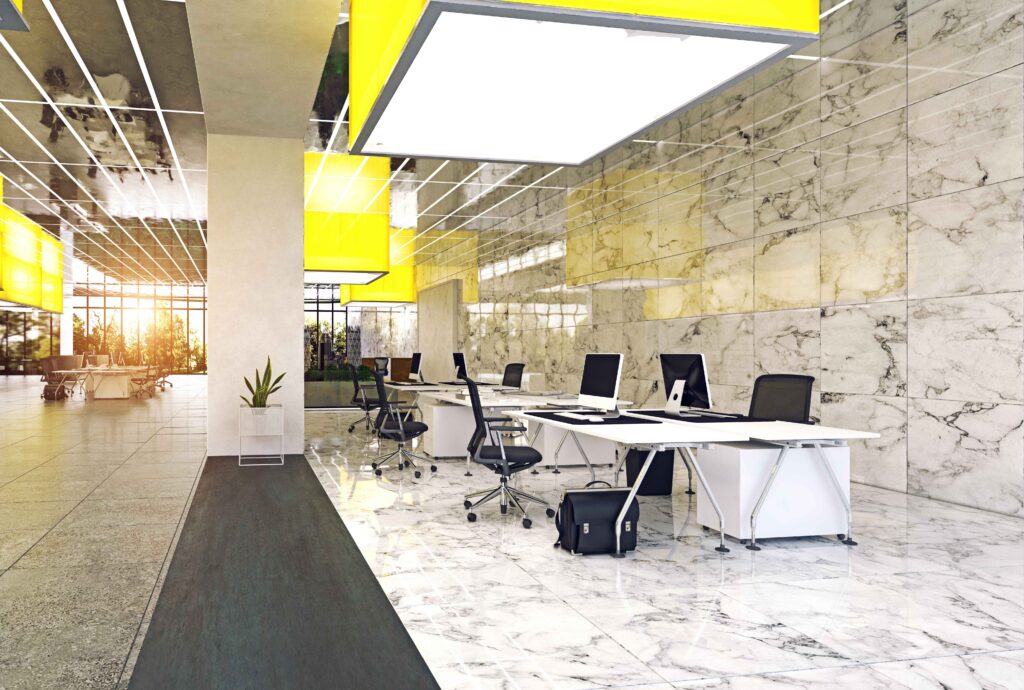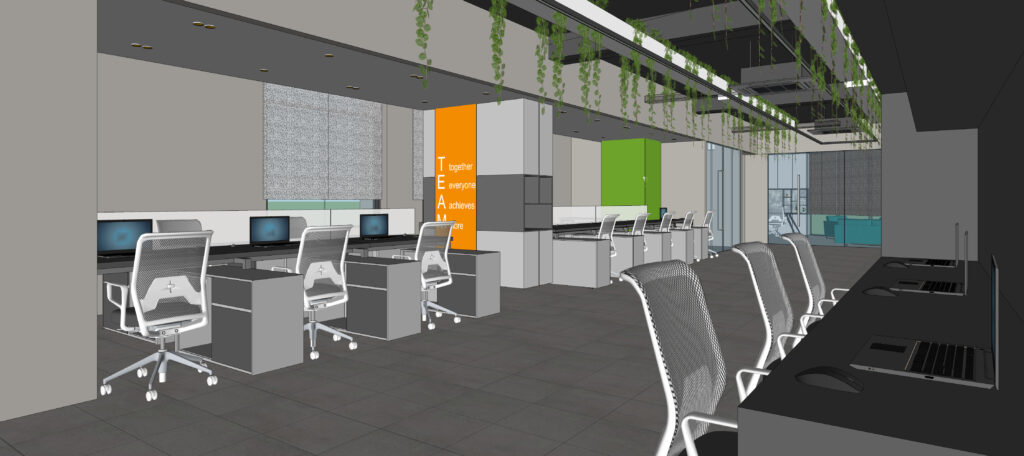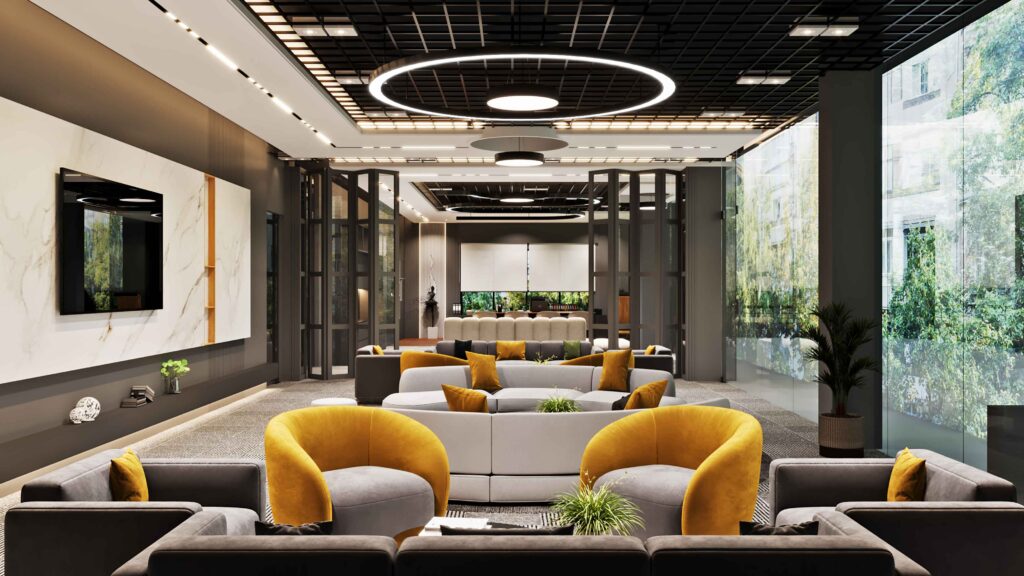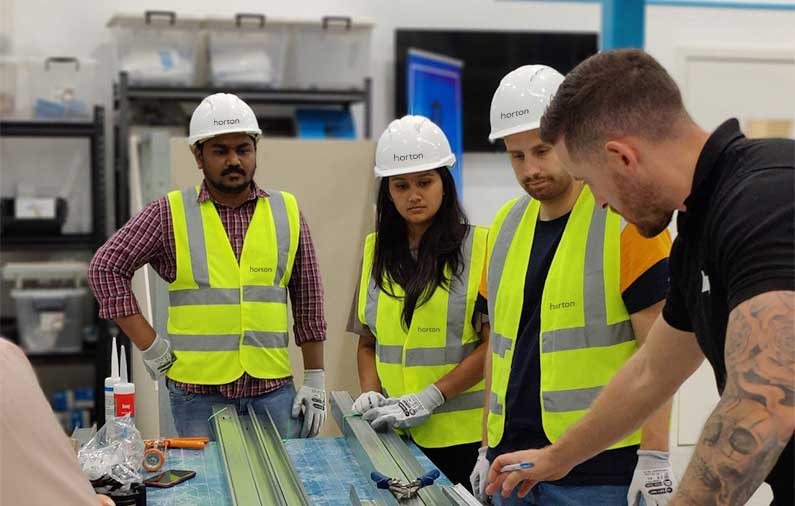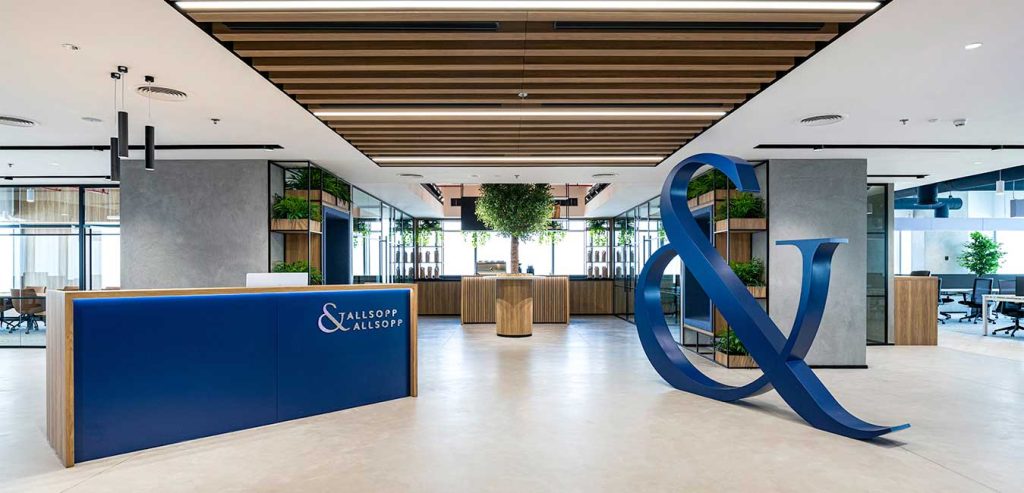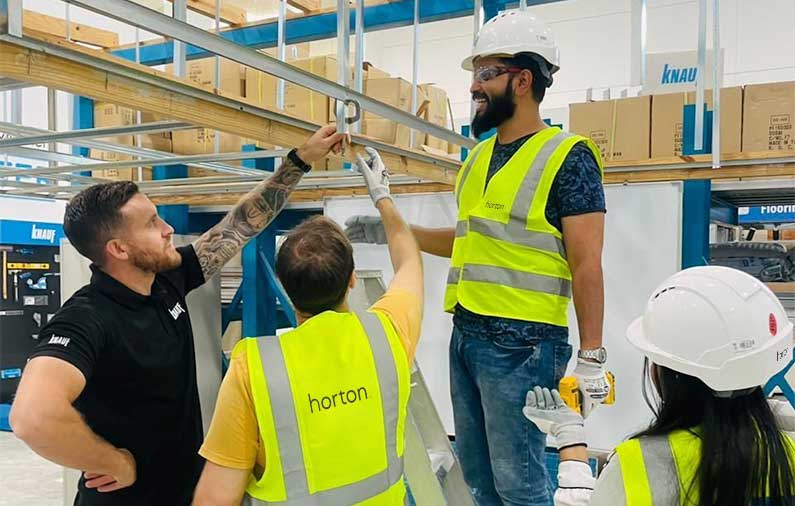What makes an Office ‘Smart’?
When you hear the term ‘smart’ office, what do you imagine?

Probably something like that, isn’t it? However, a smart office doesn’t necessarily need to look like the set of a sci-fi movie nor does it need the latest technological boondoggle that’s being raved about on the internet.
‘Smart’ simply means using technology to streamline your company’s processes and make it more efficient. For example, a data analysis company would want to invest in artificial intelligence and machine learning to do more with their data and provide faster and more accurate analysis, whereas a design firm might find VR technology to provide architects and clients a virtual tour of a design more useful. The shape of a smart office depends entirely on the kind of company it’s used by.
Something that most ‘smart’ offices will have in common will be their use of data to boost operational efficiency. For example, sensors in your offices lights can be programmed to learn office use patterns, turning themselves on and off depending on usage leading to savings on electricity. Air conditioning units can be programmed to adjust the temperature based on the seasons, once again, cutting down on your electricity costs (With the side benefit of ending most office battles over the thermostat!). All of this will be possible through the Internet of Things (IoT), a digital ecosystem made up of different devices, all connected through the internet, sharing data and working together.

For that matter, why does the smart office need to be an office at all? As the world grows ever more connected, the feasibility of remote work and telecommuting becomes more and more feasible. In the past the fear was a prospective loss in employee productivity, but with the right tools, employee performance can be monitored without needing constant supervision. This cuts down on operating costs, frees up time for employees to be more productive and improves employee morale.
So how do you go about making your office ‘smart’? The first thing to do is to see what you do and what you’ll need in the future. What advances in technology are most interesting to your line of work and how can they be incorporated into your plans? Is your office efficient? What can be done to streamline processes and improve workflow? There is some work to be done by upgrading your workplace, but the benefits and the payoff, a more efficient, more productive team, is worth the effort.
If you need help turning your office into the workplace of tomorrow, contact our team at Horton Interiors! Our experienced team of designers is more than willing to help. Send us an email at info@hortoninteriors.com or call us on +971 4 388 1 163.





